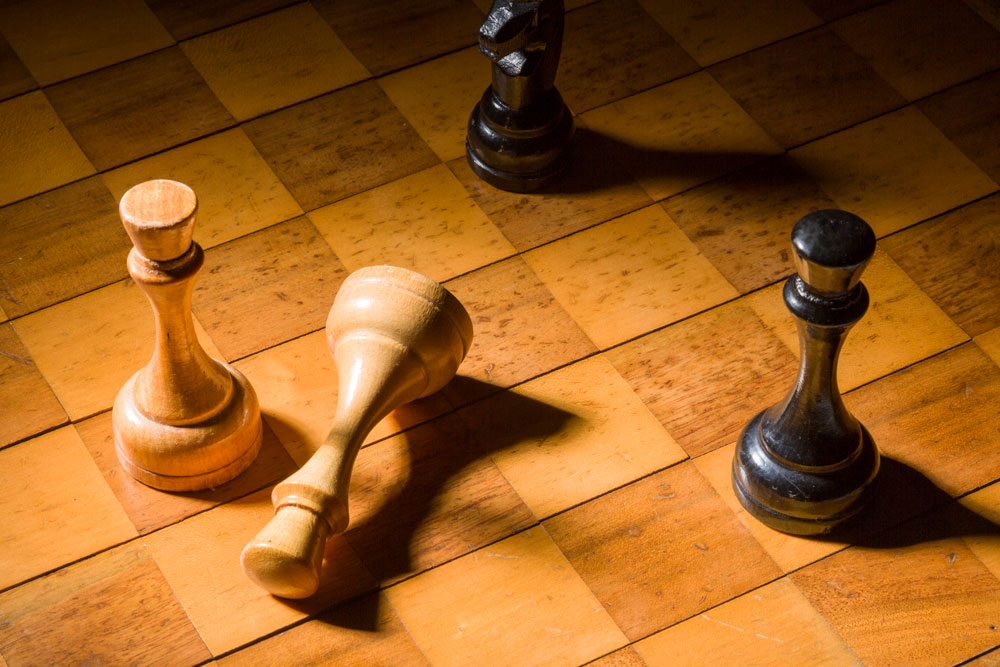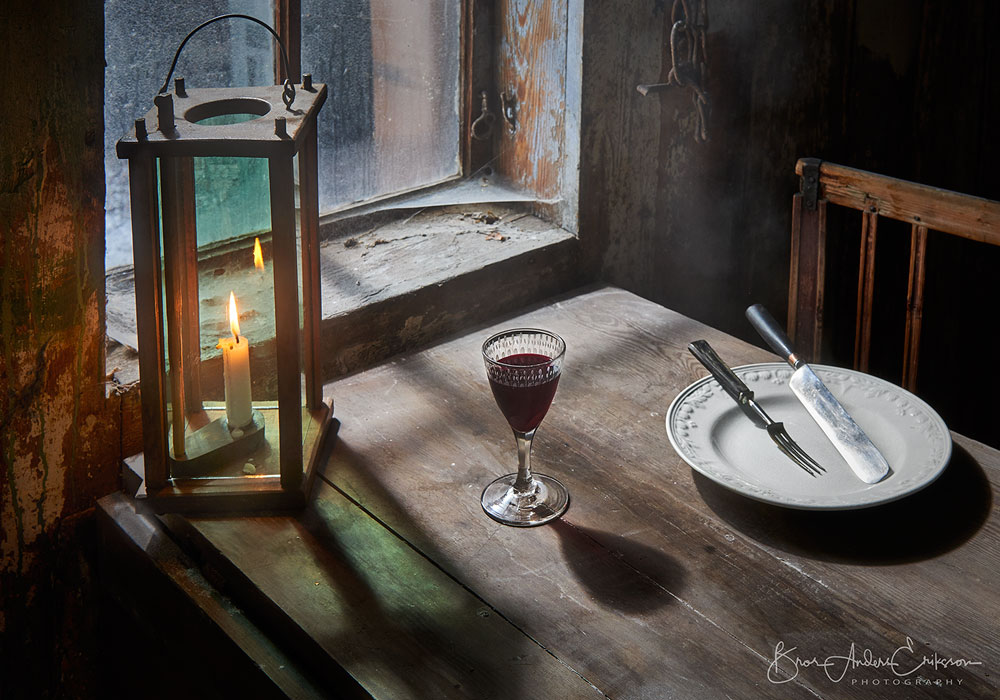A small, hard light.
A deep, sharp shadow.
Sometimes that is exactly what we want. often we use a big, soft light. This week we want a deep, sculpting shadow that helps define the subject.
A small light* creates shadows, it defines edges, it can illuminate something translucent, and it can be the most important part of your image.
Building a toolbox of lighting for tabletop means we need to use different tools for different approaches. When the soft, wrapping light of a large source is needed, we bring it. If we need a bit more pop, or “modern” look to the subject, knowing how to use a small source is important.
Shadows are used in everything from fashion to food, product to industrial. We are going to use it on the table.
The how:
- A speedlight without modification.
- A bare bulb.
- Industrial light.
- Torch (flashlight)
- Mr. Sun.
Check as you go. My lights (Profoto, Godox) will produce a softer edge when the simple reflector is on the light. I find the bare bulb to be more effective for sharp shadows.
Distance is important. The farther away the light is the sharper the shadow. I am always saying bring the light in closer, but in reality it is better at a distance. the Inverse Square Law also provides a more even surface coverage.
(* Small means in relationship to the size of the subject.)
Your assignment is to make a photograph where the shadow defines something unseen by the light and POV of the camera. A fork laying on its side may only be a sliver of light from above, but the shadow reeling from it because of a hard source to the side of the fork IS the definition of the item.
A few photographers for inspiration:
LIGHTING TOOLS
Point source light means that the source of the light is small compared to the subject. For this we may not need special tools. A bare speedlight, or studio flash with only a reflector may be just perfect. However, there are times when we may need a modifier to aim the beam.
Grid Spots.
Grid spots make a soft edge to the beam, but allow a sharp edged light in the center area.
DIY
DIY (2)
DIY (3) Studio
Snoots
Snoots limit the beam area with a sharp edge to the beam.
Snoot (although portrait)
Amazon
LIGHTING IDEA TWO – EVEN LIGHT
In order to keep the light flat on your subject, you will have to move your light farther from the subject rather than closer to.
This is a result of the ISL (inverse square law) and understanding how that works is essential. There is a full discussion on the ISL in my UDEMY courses which you received already. Simply, the closer the light is to the subject, the faster it falls off.











